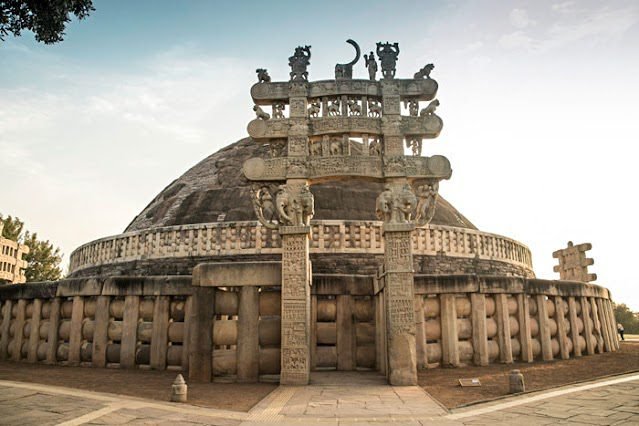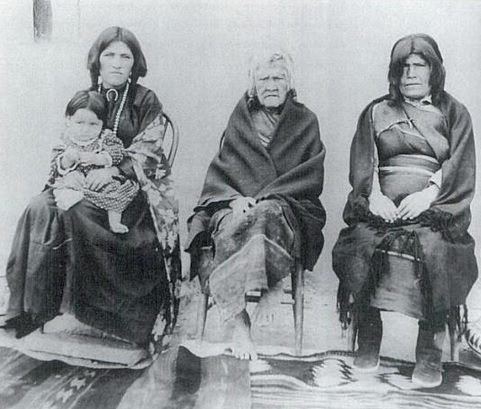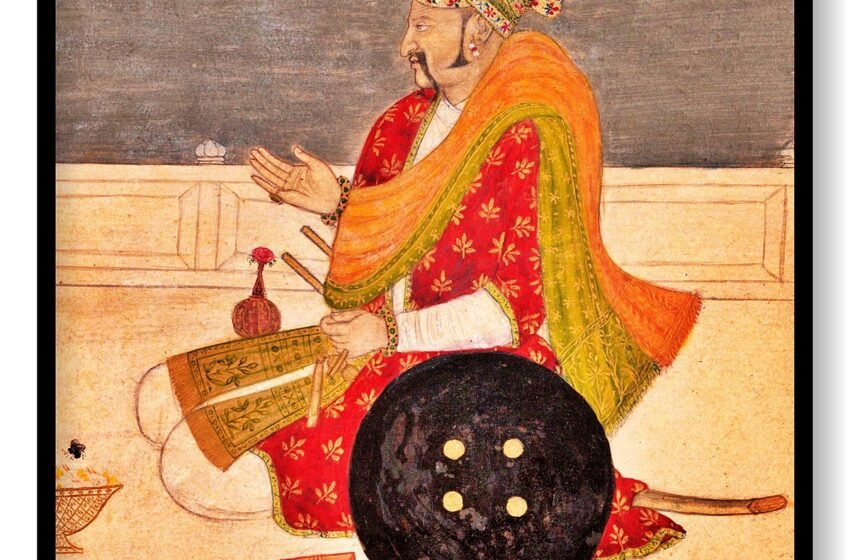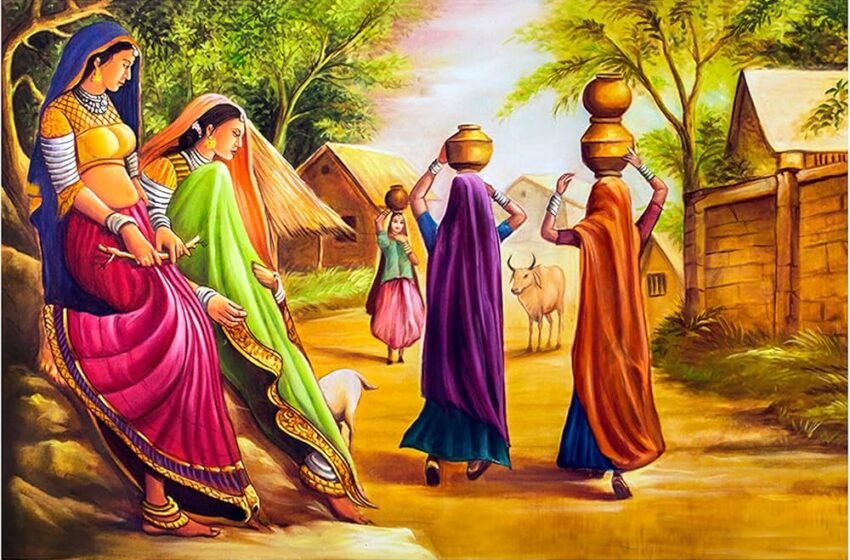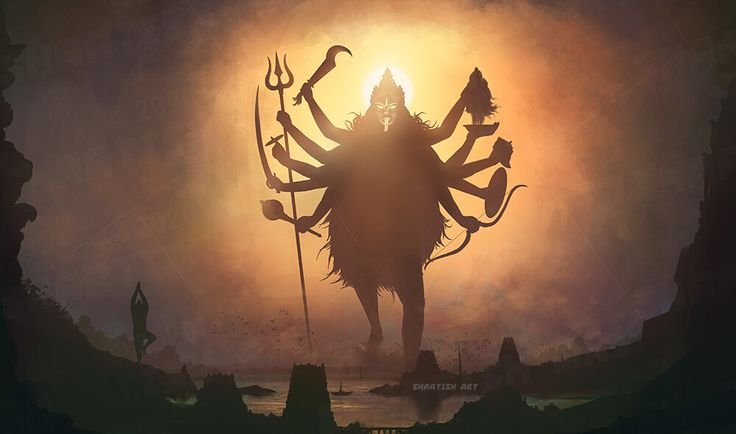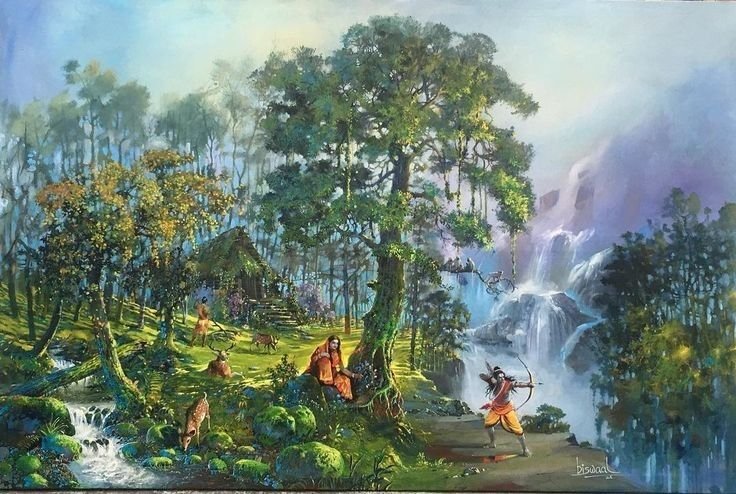In the sphere of Buddhism, the dome-shaped structure is known as a ‘stupa,’ one of its most significant physical forms. Interestingly, its history goes back to ancient India, where it was initially made to serve as a funerary mound enclosing the ashes or other relics of distinguished individuals. Before the coming of Buddhism, these mounds […]Read More
Tags : HISTORY
Matriarchy: A Historical and Cultural Perspective
Matriarchy, a system where women hold primary power in leadership, inheritance, and family structure, has long fascinated scholars and anthropologists. Unlike the patriarchal societies that dominate today’s world, matriarchal systems have existed in various ancient civilizations and persist in some tribal communities around the globe. This article explores the history of matriarchy, its roots in […]Read More
Karpaka Vinayaka Temple, also known as Pillaiyarpatti Pillaiyar Temple, is an ancient rock-cut cave temple located in Pillayarpatti village in Tamil Nadu, India. Dedicated to Lord Ganesha, or Karpaga Vinayagar, the temple is revered for its unique iconography and historical significance. The temple is named after “Karpagam tree,” symbolizing fulfillment of wishes, and Vinayagar, meaning […]Read More
Post World War Two many countries had gone through several changes and crise and one such country is Korea , which now is divided in two ,one known for its soft powers and other for its dictatorship. But how did a single peninsula segment into two contrasting forces . By the End of World War […]Read More
Impressionism’s Impact: The Artistic Revolution That Changed Everything
You must have heard of Claude Monet before, did you know that the one of the art movements he participated in was impressionism. Impressionism is perhaps the most important movement in the whole of modern painting. At some point in the 1860s, a group of young artists decided to paint, very simply, what they saw, […]Read More
The Charani Gatha is an old system of informal human performance, an oral history and poetry of the Charan community of Gujarat and Rajasthan. These poetic songs are love songs, war songs, and other songs with stories of courage, gods and cultural history tied to them. Originally, the Charani Gatha was as much a living […]Read More
Lavni a happy folk dance performance from Maharashtra is not an art but an emotion a story that lies between two time frames. Famous for costumes, footsteps, and anthems – Lavni is recognised as a part of the ethos of Maharashtra. This dance type with dholki beats is an important part and parcel of folk […]Read More
Panihari: Pani Kholare Charitan: Folksongs From Rajasthan’s Water Carriers
Panihari, a prime cultural invention of Rajasthan reflects the traditional songs sung by women while accessing water from wells/ rivers/ lakes etc. These songs are social recitations of the everyday activities, affection, passion, and hardship of the people inhabiting this dry countryside. The very term ‘Panihari’ is derived from Hindi word Pani means water and […]Read More
Kali: The Enigmatic Goddess of Duality…. Goddess Kali is an awe-inspiring paradox, embodying both the chaotic dance of destruction and the tender embrace of creation. Her many faces capture the essence of life’s duality she is fierce yet nurturing, terrifying yet beautiful. This journey through her nine divine manifestations reveals timeless wisdom and life’s profound […]Read More
The Dandakaranya Forest is more than just a stretch of trees and wildlife; it’s a land steeped in myth, history, and mystery. Spanning across parts of Odisha, Chhattisgarh, Andhra Pradesh, and Maharashtra, this forest has been a witness to countless tales over centuries. From its mention in the epic Ramayana as a place where Lord […]Read More
